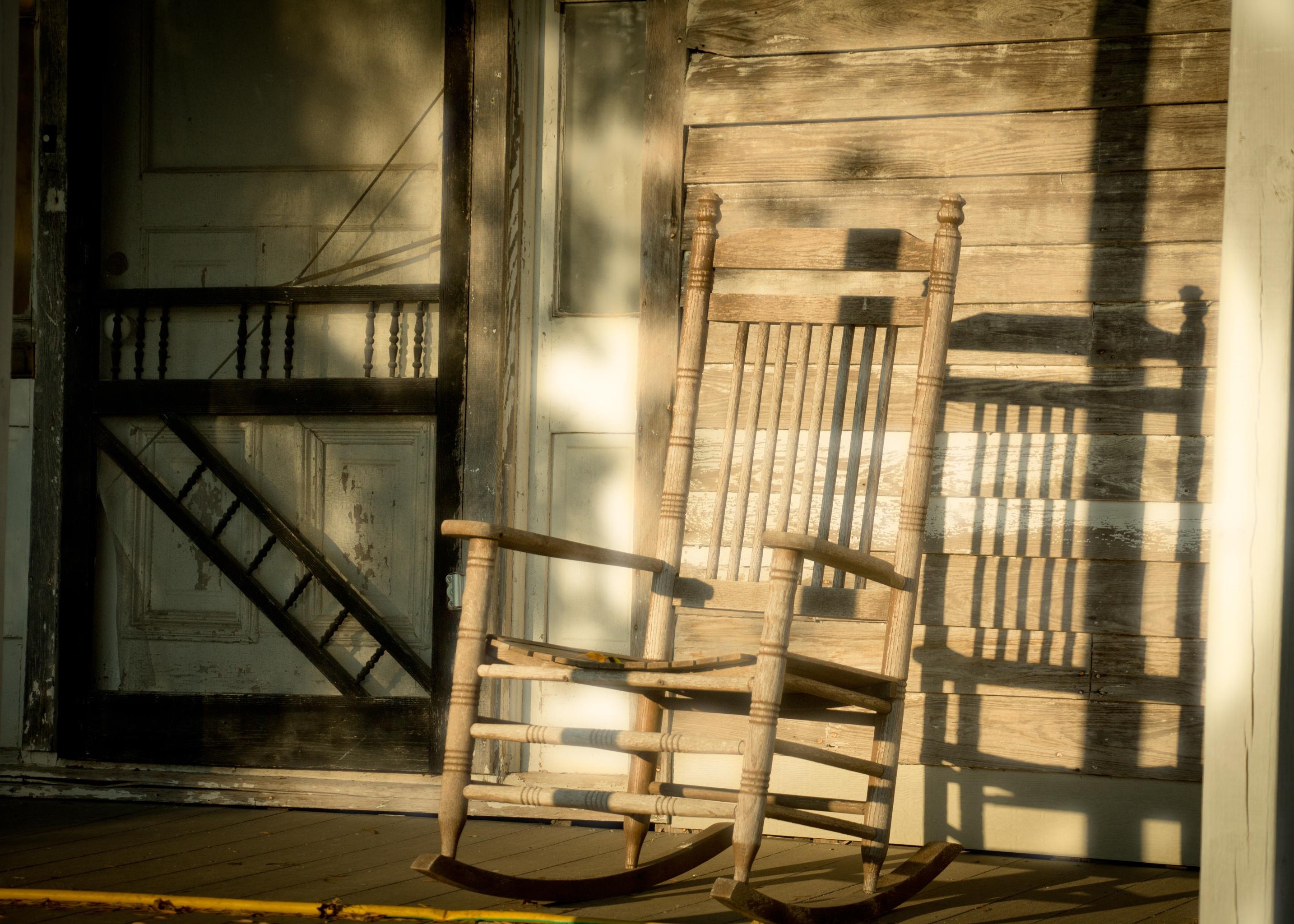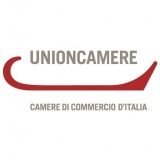
The manufacture of rush chairs dates back to the early nineteenth century, when the peasants of Maremma were called to work in the wetlands along the southern coast of Tuscany to pick cereals and river grass.
These plants and grasses were harvested at different periods of the year, depending on their use. After a drying stage, they were worked by the peasants during the winter months, at the end of the working day. These plants were thereby transformed into baskets or used for caning chairs and flasks.
The rush chair is a “poor” seat closely linked to the world of farmers, and for that reason its history and its presence in the province of Grosseto is very strong. There are various versions of the chairs, depending on the wood used (walnut, elm or chestnut), but their specificity is given by the grass used for caning.
Nowadays, types of grasses other than river grass are also used, but true Maremma chairs are produced by master caners who use the “scarza”, which is the “female” part of the “bischero”, a plant that only grows in marshlands or along the canals of the Maremma plain.
The Chair
Maremma chairs are original and special in terms of the type of grass used for caning by the master caners. As river grasses have long leaves, they are very versatile when used for this purpose.
They are picked before they flower, when the moon is waning, and then dried.In addition to “scarza”, which grows along the canals of the plain, other types of grass are used, including “vetrice” or “vinco”, which is a plant from the willow family that grows along rivers and their floodplains.
This plant is harvested in the months leading up to summer, then peeled and cleaned of its small leaves and left to dry. To prevent it breaking, the plant is put in a bath of water for several hours in order to facilitate rehydration before being worked.
After peeling, vinco takes on an ochre, almost white colour, but it can also be used with its peel, and when it is processed in this way it takes on different shades, changing from red to brown.
Ancient tools such as the two-handed knife and the axe are still used to construct the chairs. The chairs are assembled by interlocking the green wood of the supporting structures and the dry wood of the pins in order to avoid using glue. In fact, after the drying period, the wood locks the pin in its hole naturally and securely.
The “Buttero chair” also stands out among the other types of rush chairs. It was created to meet the needs of the herdsmen who needed somewhere to place their clothes at the end of the working day. Since they used a “pastrano”, a large cloak, to shelter from the elements, they needed a chair with a very high back to hang it on.
The Local Area
The area in which the rush chairs are made includes all of the province of Grosseto, from the mountainous region of Monte Amiata to the Tyrrhenian coast, and the whole Maremma plain, from Massa Marittima in the north to Capalbio in the south.
Camera di Commercio di Grosseto



